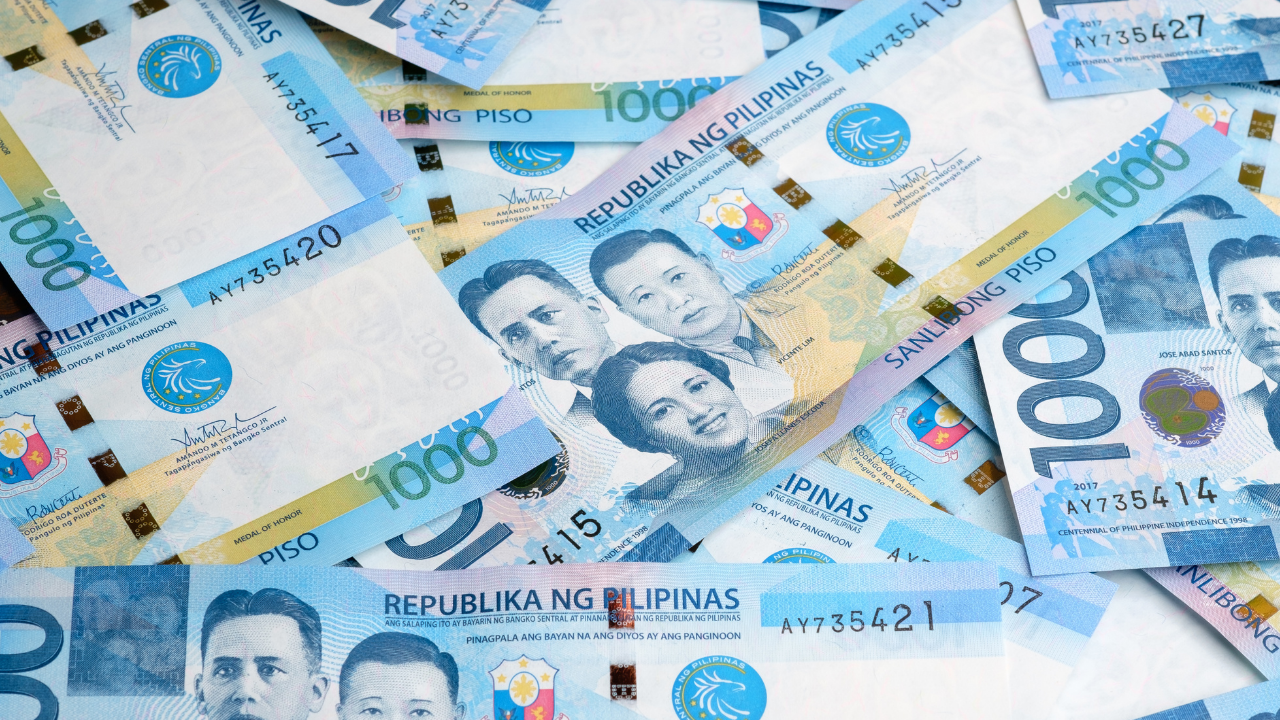The Philippine government’s operating debt stock has fallen at the end of May due to the return of a cash advance from the central bank, which was used to provide consistent access to money for rebuilding the pandemic-ravaged economy, according to the Bureau of the Treasury (BTr) on Friday.
![The Philippines' outstanding debt ballooned to a new record high, breaching the P12-trillion mark as of end-January due to the government's continued borrowing efforts to fund its COVID-19 pandemic response. [One News] :](https://preview.redd.it/efzqola22il81.png?auto=webp&s=1bffe99a982eac592ae0e60bdd4ccb7769d62163)
The national government’s total outstanding debt remained at P12.495 trillion, down 2.1 percent or P267.415 billion from the P12.763 trillion total debt at the end of April, according to Treasury data.
According to the BTr, the decline was due to the return of temporary advances from the Bangko Sentral ng Pilipinas (BSP).
Besides the debt repayments, Rizal Commercial Banking Corp. chief economist Michael Ricafort stated that the decline in outstanding debt may be due to “no large borrowings usually during the election month and, accordingly, some frontloading of government borrowings before the May 2022 elections, as a matter of prudence and policy in view of some election-related restrictions and consistently also preventing government debt maturities during the presidential election month, a pattern also seen for many years”

“Furthermore, increased government tax revenue collections and slower growth in government spending as the economy re-opened further towards greater normalcy that reduced lockdown-related spending by the government as well as some election-related restrictions/ban on some government spending such as on some public works during the election period also led to narrower budget deficit and correspondingly reduced the need for more government borrowing in May 2022,” Ricafort stated.
Effectively, the government’s fiscal situation remained at a deficit of P146.8 billion in May, a reversal from a P4.9-billion surplus in April but lower by 26.72 percent than the P200.3-billion projected loss in May 2021.
As government income climbed by a double-digit of 18.9 percent to P304.9 billion during the time, it was still exceeded by state spending, totaling to P451.7 billion, up 1.10 percent .
30.7 percent of the entire debt stock was supplied outside, while the remaining 69.3 percent was sourced locally.

Domestic debt, in particular, totalled P8.66 trillion, a 3% decrease from P8.93 trillion at the end of April.
“This resulted from the P300.00 billion repayment to the BSP, which was partially tempered by the net issuance of government securities,” the Treasury stated.
The Department of Finance (DOF) previously said that it has paid in full its P300 billion loan from the BSP before its real maturity date of June 11.
The central bank’s cash advance “enabled the government steady access to cash for the uninterrupted delivery of large fiscal response and recovery measures despite the lower revenue collections and disruptions to financial markets experienced throughout the last two years,” it added.

Meanwhile, external debt was at P3.83 trillion, up 0.1 percent from P3.827 trillion at the end of April.
“For May, the increment in external debt was attributed to the impact of local1 and foreign currency fluctuations against the US dollar amounting to an additional P5.63 billion and P9.41 billion, respectively,” the Treasury said, noting that the peso lost value against the dollar from P52.335:$1 at the end of April 2022 to P52.412:$1 at the end of May 2022.







